What Are Pitched Roofs and Why Choose Them?
When it comes to roofing, pitched roofs are among the most popular choices for homeowners. A pitched roof has a sloped surface. Most have two sides that meet at the top, helping rain and snow slide off easily. This design not only enhances the home's appearance but also improves durability and weather resistance. For homeowners considering a roof replacement, understanding the different pitched roof types can help you make an informed decision.
Pitched roofs are known for their longevity, improved drainage, and energy efficiency. They are also versatile in design, giving homeowners the opportunity to choose a style that complements their house. Below, we'll explore the most common types of pitched roofs and their unique advantages.
- What Are Pitched Roofs and Why Choose Them?
- 1. Gable Roof
- 2. Hip Roof
- 3. Mansard Roof
- 4. Gambrel Roof
- 5. Saltbox Roof
- Which Pitched Roof Type Should You Choose?
- Ready to Upgrade Your Roof with the Right Style?
- Frequently Asked Questions
- What is a pitched roof?
- What are the main types of pitched roofs?
- Which pitched roof type is most common?
- What is the advantage of a hip roof?
- Are pitched roofs better than flat roofs?
- What is the lifespan of a pitched roof?
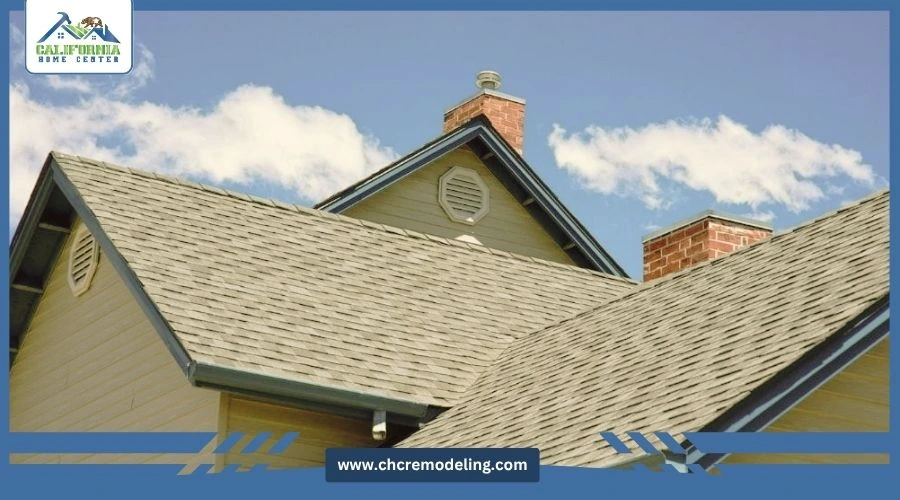
1. Gable Roof
The gable roof is one of the most recognizable pitched roof types. It features two sloping sides that meet at a central ridge, forming a triangular shape. This classic design is ideal for shedding water and snow, making it perfect for areas with heavy rainfall or winter conditions.
Benefits of a gable roof include:
- Simple construction and cost-effectiveness.
- Excellent ventilation and attic space.
- Adaptability to various home styles.
However, gable roofs can be vulnerable to strong winds if not properly braced. Homeowners seeking a timeless and practical option often choose this type.
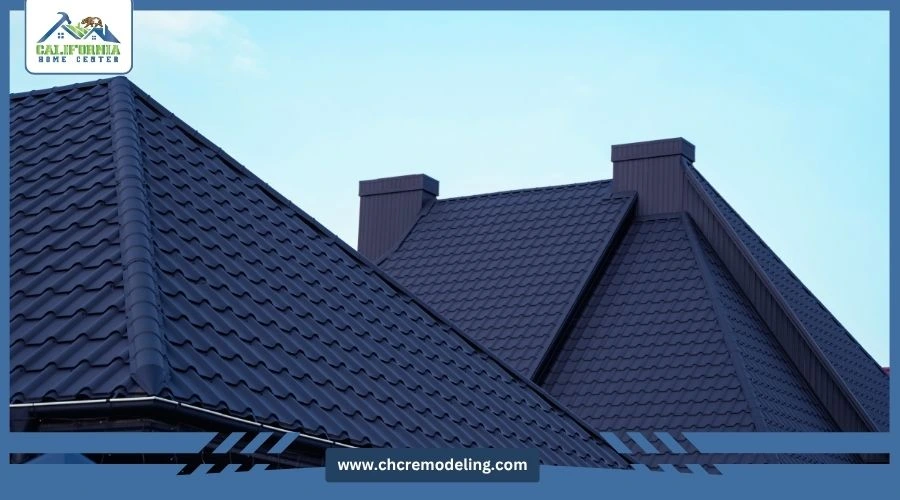
2. Hip Roof
Unlike the gable, a hip roof has slopes on all four sides, which meet at the top to form a ridge. This design makes it more stable and resistant to high winds, making it a great choice for homes in storm-prone areas.
Advantages of hip roofs include:
- Superior stability against weather elements.
- More consistent eaves for better shading.
- Aesthetic appeal for modern and traditional homes alike.
Although hip roofs require more materials and labor, their durability and elegant appearance make them worth the investment.
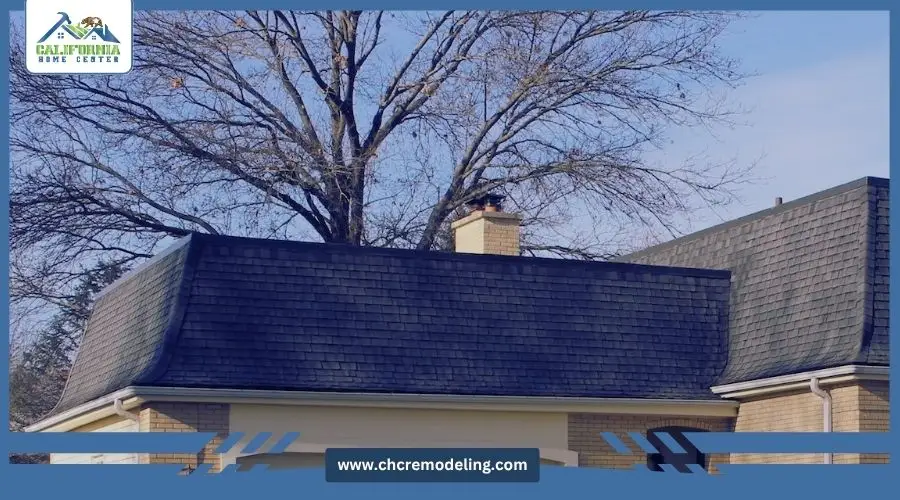
3. Mansard Roof
The mansard roof, often associated with French architecture, features four sides with a double slope on each. The lower slope is steeper than the upper, creating additional living or storage space under the roof.
Key benefits of mansard roofs:
- Increased usable space for attics or lofts.
- Unique and stylish design that adds character.
- Flexibility to add dormer windows for natural light.
This type is ideal for homeowners who value both aesthetics and functionality, though it may require more maintenance compared to simpler designs.
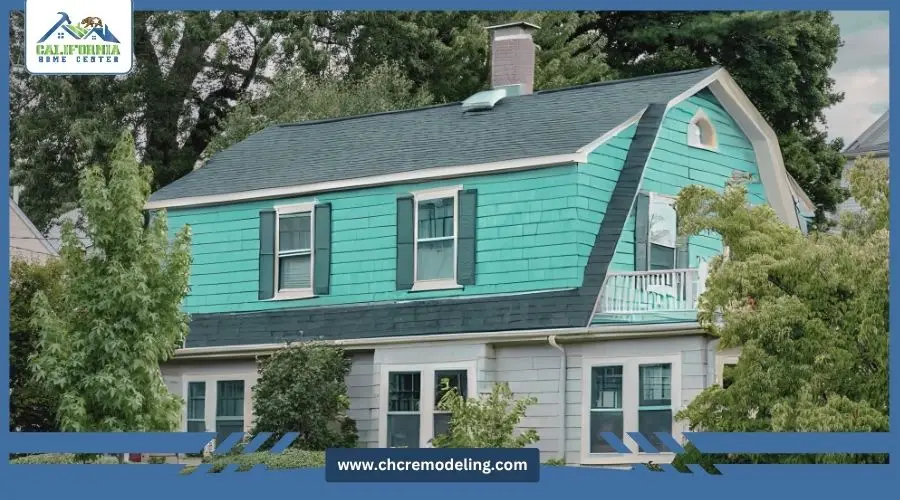
4. Gambrel Roof
The gambrel roof is similar to the mansard but typically has only two sides with two slopes each. It's often seen on barns, but many residential properties use this style to achieve a rustic look.
Why consider a gambrel roof?
- Maximizes space under the roof.
- Offers a charming, traditional appearance.
- Cost-effective compared to other complex roof designs.
Homeowners should note that while visually appealing, gambrel roofs can be less wind-resistant without proper reinforcement.
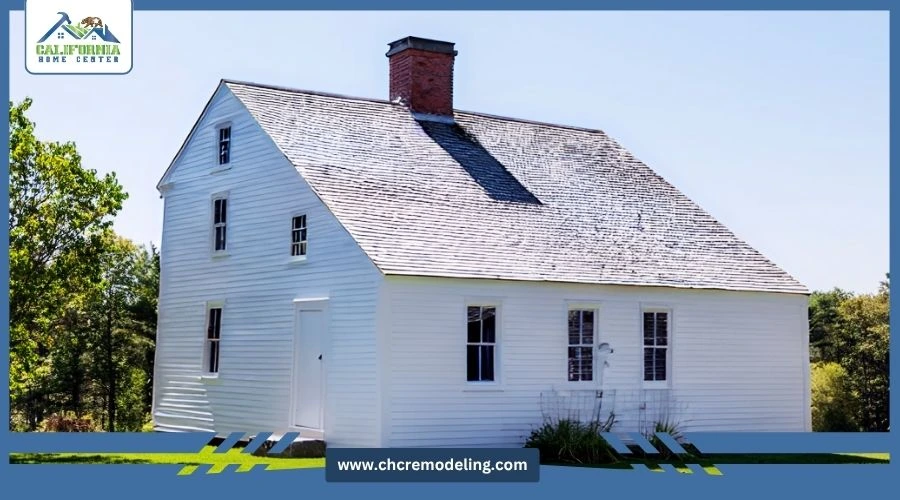
5. Saltbox Roof
A Saltbox Roof features an asymmetrical design with one long slope and one short slope, giving it a unique profile. Originally used in colonial homes, it's still a great option for those wanting a distinctive look.
Benefits include:
- Increased interior space on one side of the home.
- Effective drainage due to the steep slope.
- Adds architectural interest to the property.
Its unconventional appearance may not suit every home, but it's an excellent choice for those looking to stand out.
Which Pitched Roof Type Should You Choose?
Choosing the right pitched roof type depends on several factors: your home's design, local climate, budget, and personal preference. While gable and hip roofs are the most common choices for their balance of style and performance, other types like mansard, gambrel, and saltbox offer unique benefits.
When considering a roof replacement, it's essential to consult with professionals who can guide you through material selection, structural requirements, and design options. If energy efficiency is one of your top priorities, the U.S. Department of Energy provides insights into how roof design impacts heating and cooling performance.
Ready to Upgrade Your Roof with the Right Style?
Selecting the perfect pitched roof type can greatly improve your home's curb appeal, value, and durability. Whether you prefer the simplicity of a gable, the sturdiness of a hip, or the elegance of a mansard, each design has something unique to offer.
At California Home Center, we specialize in helping homeowners choose and install the best roofing solutions. Our team ensures quality craftsmanship and expert advice tailored to your needs.
Frequently Asked Questions
What is a pitched roof?
A pitched roof is a sloped roof design where two or more surfaces meet at a peak. It's popular for its efficient water drainage, durability, and ability to enhance a home's curb appeal.
What are the main types of pitched roofs?
The main pitched roof types include gable, hip, mansard, gambrel, and saltbox. Each offers unique aesthetics, drainage efficiency, and structural benefits for different home styles.
Which pitched roof type is most common?
The gable roof is the most common due to its simple design, low cost, and excellent water drainage. Its triangular shape suits various architectural styles and climates.
What is the advantage of a hip roof?
A hip roof has four slopes, making it more stable and wind-resistant than a gable roof. It offers great durability, consistent eaves, and an attractive look for modern homes.
Are pitched roofs better than flat roofs?
Pitched roofs are generally better for areas with heavy rain or snow since they shed water efficiently. They also last longer and offer more design options than flat roofs.
What is the lifespan of a pitched roof?
The lifespan depends on materials used. Asphalt shingles last 20–30 years, while metal or tile pitched roofs can last 40–70 years with proper maintenance.







